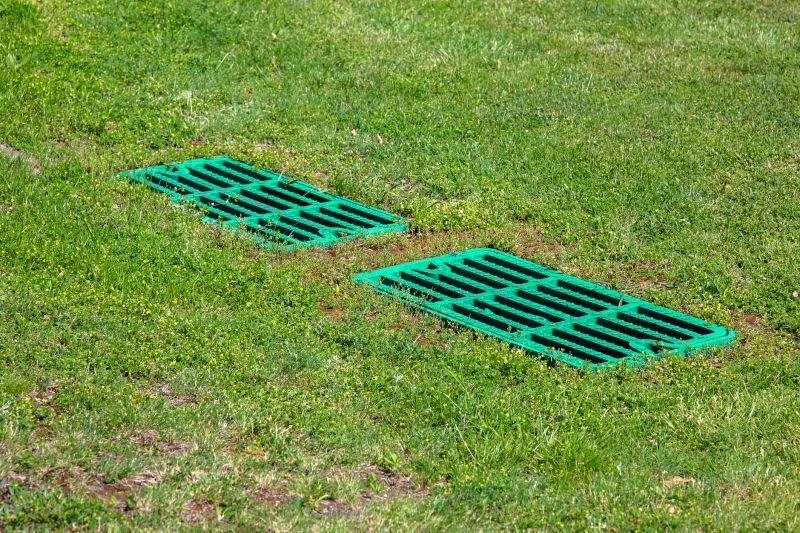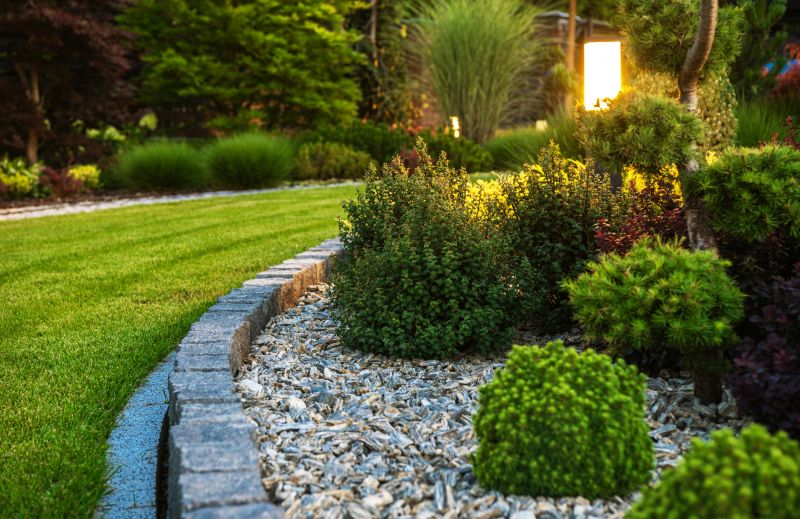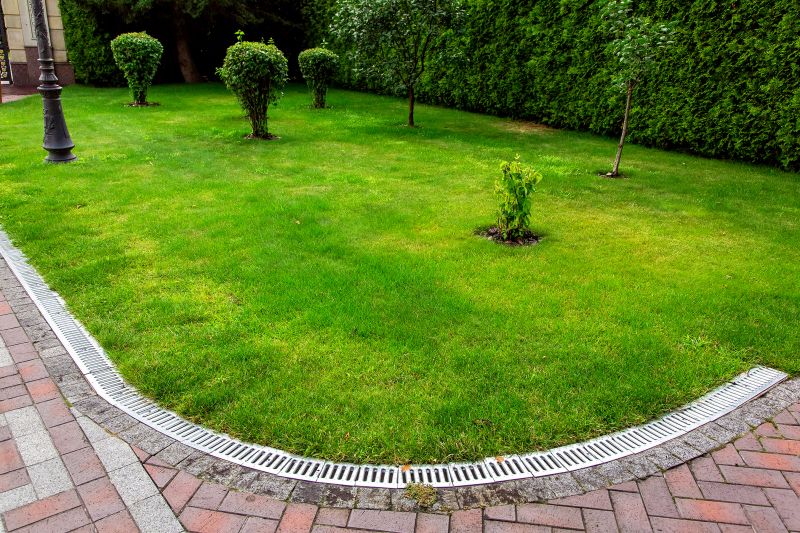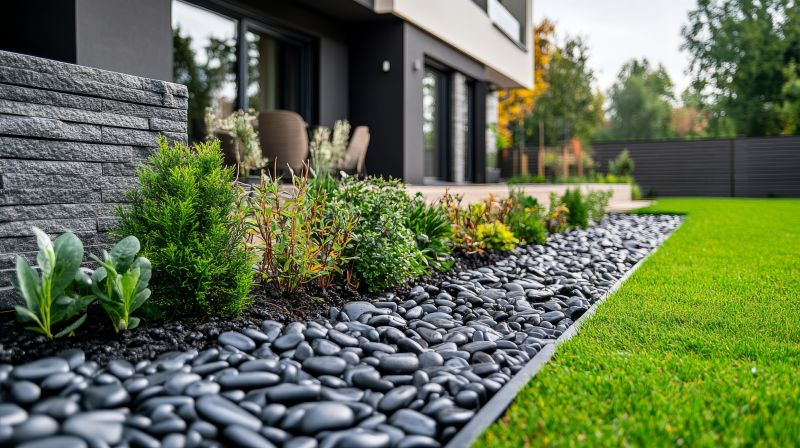Optimal Timing for Landscape Drainage
Understanding the optimal timing for landscape drainages ensures effective water management and long-lasting results. Proper scheduling considers seasonal weather patterns, soil conditions, and plant growth cycles to maximize drainage efficiency and minimize disruptions.
Spring is ideal for landscape drainages due to moderate rainfall and soil conditions, allowing proper setup before heavy summer rains.
This period offers stable weather and soil conditions, providing an optimal window before winter sets in.
Cold temperatures and frozen ground hinder installation and can damage drainage systems if installed prematurely.
Timing drainage installation after significant rain ensures the system is tested and functioning properly.

Properly installed drainage systems prevent water pooling and soil erosion.

Preparing soil before drainage installation improves system longevity.

Different components work together to channel water effectively.

Ways to make Landscape Drainages work in tight or awkward layouts.

Popular materials for Landscape Drainages and why they hold up over time.

Simple add-ons that improve Landscape Drainages without blowing the budget.
Landscape drainages play a crucial role in managing excess water and protecting landscape integrity. Proper drainage systems prevent waterlogging, soil erosion, and damage to plants and structures. They are especially vital in areas prone to heavy rainfall or poor soil absorption. Effective drainage enhances landscape usability and aesthetic appeal by maintaining a balanced water flow. Proper timing of installation maximizes system efficiency, reduces maintenance needs, and ensures long-term performance.
| Season | Ideal Conditions |
|---|---|
| Spring | Moderate rainfall, soil thawed, and stable temperatures |
| Late Summer | Warm weather, soil still moist, before winter |
| Early Fall | Stable weather, soil conditions suitable for installation |
| Post-Rainfall | After heavy rains for testing system effectiveness |
| Avoid | Winter months due to frozen ground and low temperatures |

Timely installation prevents water accumulation issues.

Assessing soil moisture helps determine optimal installation timing.

Proper timing reduces future maintenance efforts.

Effective planning aligns with seasonal weather patterns.

High-end options that actually feel worth it for Landscape Drainages.

Finishes and colors that play nicely with Landscape Drainages.

Little measurements that prevent headaches on Landscape Drainages day.

A 60-second routine that keeps Landscape Drainages looking new.
Properly timed landscape drainages contribute to healthier landscapes by preventing water damage and soil erosion. Installing systems during suitable weather conditions ensures better soil settling and system performance. Regular assessment of weather patterns and soil conditions can help determine the best window for installation, leading to more durable and effective drainage solutions.



